BACKSTROKE MAGIC (HOW TO PROPERLY SWIM BACKSTROKE?)
When swum correctly, backstroke is arguably the most graceful and beautiful of the four strokes, appearing as if the swimmer is gliding effortlessly across the water.
But this effortless look is the result of mastering four key technical elements. This lesson will dissect each one - head position, leg movement, hip rotation, and arm motion, to give you the building blocks of a magical backstroke.
Dive Into: The 4 Keys to a Magical Backstroke
- Head Position: The Steering Wheel
- The Engine: A Powerful Leg Kick
- The Secret: Hip-Driven Rotation
- The Propellers: Efficient Arm Motion
- Frequently Asked Questions
Head Position: The Steering Wheel
The head could be at two different levels, depending on what distance you are swimming.
The main position of the head is similar to when sleeping on your back and resting your head on the pillow. Eyes look to the sky, the neck is relaxed and chin is NOT on the chest.
You should not be looking at the walls while swimming, only at the ceiling.
If you have the correct position of the head, your hips and legs will be at the surface, which will create a nice, less resistant glide.
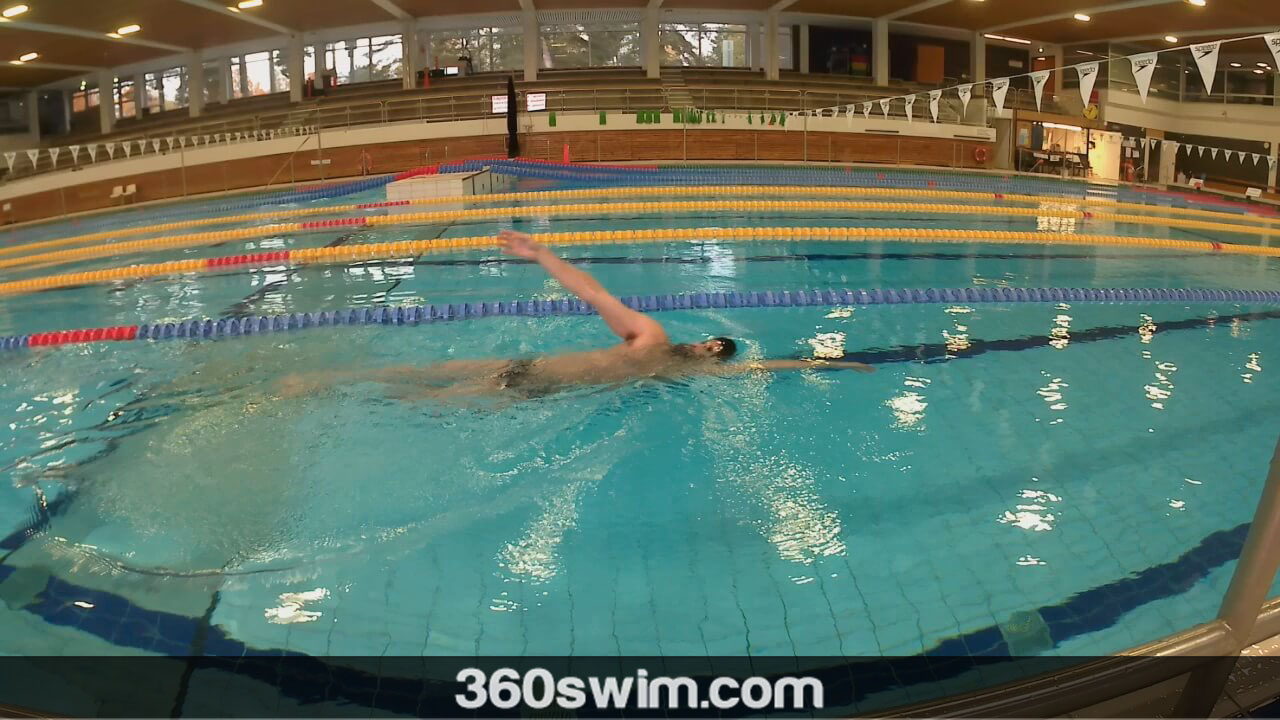
This technique is great for the 200 backstroke event. However, for sprints, you should have the chin tilted a little bit forward in order for your legs and hips to drop lower below the surface.
Now you are asking, why would I want to do that?
Well, if you are sprinting, you need to kick like mad, and if your feet are right at the surface, you can't do that very well. By allowing your legs to drop down just a slight bit, you are creating more room for your kicking power. At the same time, your body is angled more like a boat trying to swim over the top of the water rather than through it.
The Engine: A Powerful Leg Kick
Well, there is a lot to say about the backstroke kick, but the basic principle applies.
If you can't kick well, you will probably not be any good at backstroke. In fact, backstroke is a very kick-driven stroke, so go get your kick on first.
Don't bend your knees too much. The motion starts from the hip and undulates forward to your toes. Relax your ankles.
Be sure to practice quite a bit of dolphin kicking on your back off the walls (it's the best dolphin kick exercise there is).
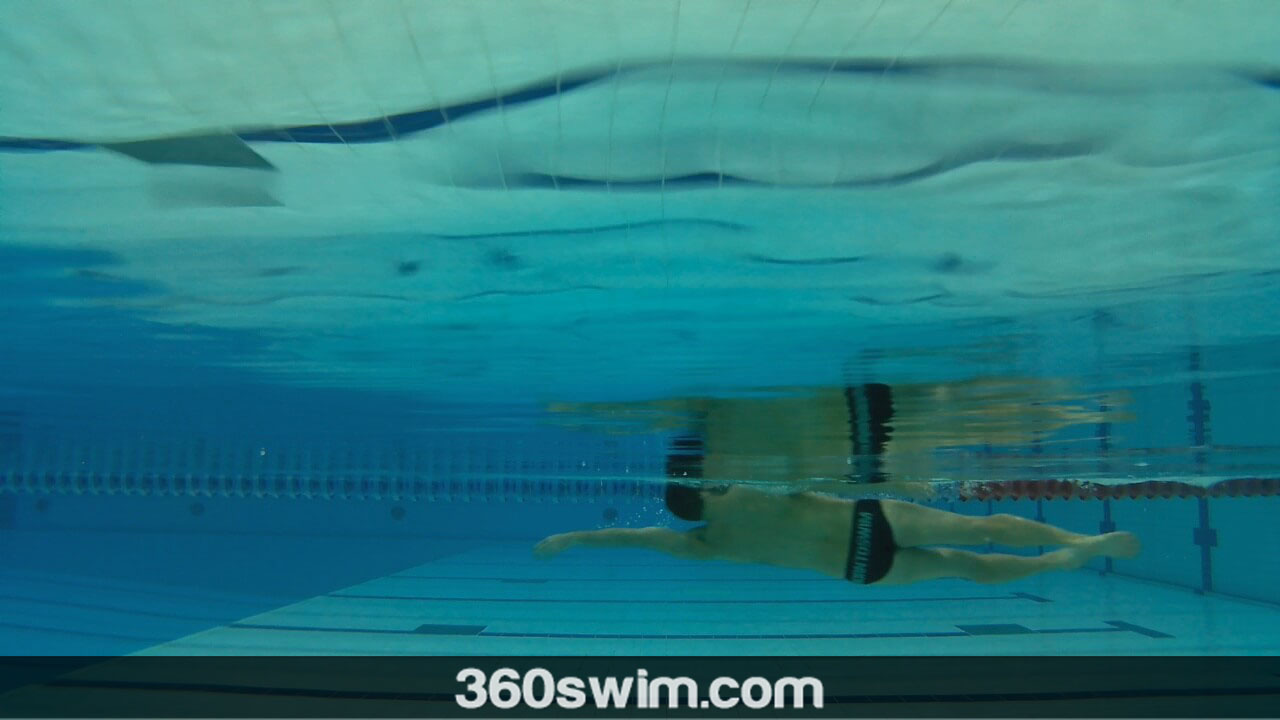
The Secret: Hip-Driven Rotation
Hips are also a very important part of backstroke swimming. You should be rolling your hips from side to side with each stroke.
Backstroke is not swum flat.
The hip should lead your arm pull. Meaning: Before your arm enters the water above your head, your hip should already be rotated to that side. In other words, the hip is the first thing to rotate, and the arm stroke follows.
The Propellers: Efficient Arm Motion
The normal rule - "thumb up" (when you arm comes out of the water at your hip) and "pinky in" (when you enter above your head back in the water) is perfect.
However, the question is, when do you rotate from "thumb up" to "pinky in"?
If you rotate your hand too early, your triceps will tighten, wasting energy. So, my recommendation is to rotate to the "pinky in" position right before your arm is about to enter the water. That way, your arm is relaxed above the water almost the entire time.
Other good old tips include:
- Keep your elbows locked above the water.
- Do not cross over your body's centerline with your arms when they enter the water.
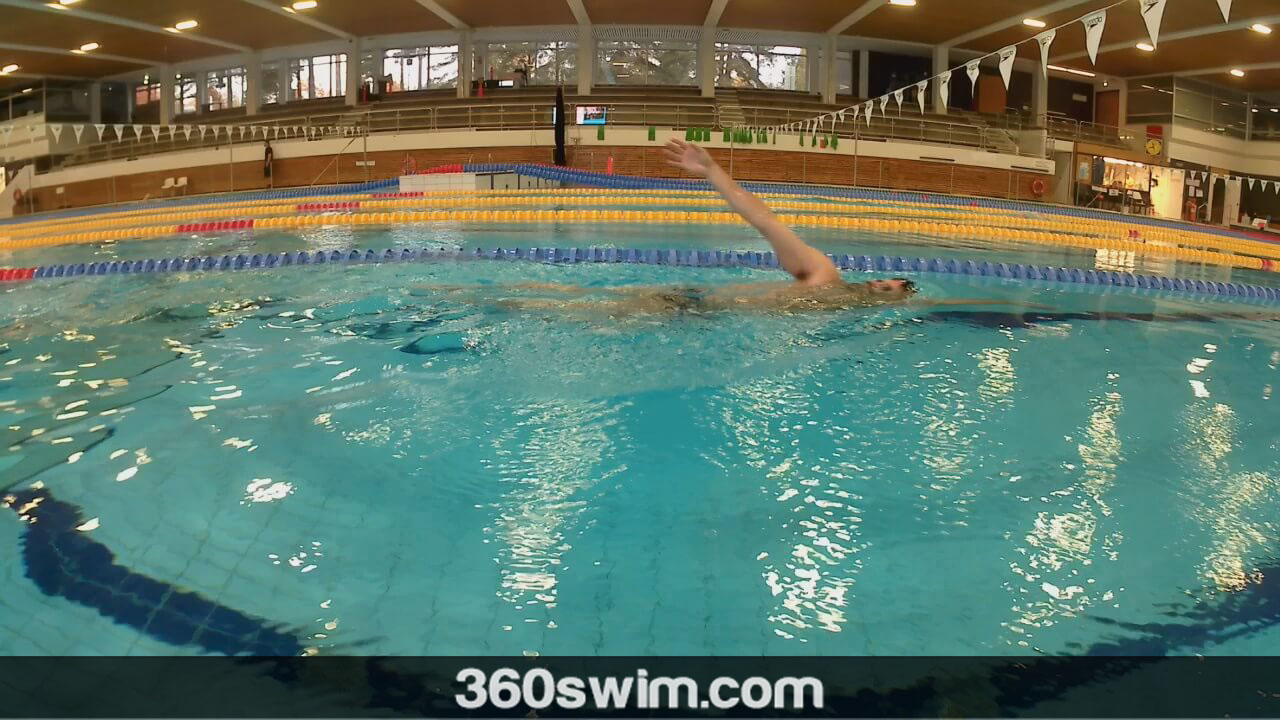
When in the water, to achieve maximum efficiency your hand should be about 30 cm (1 foot) below the surface.
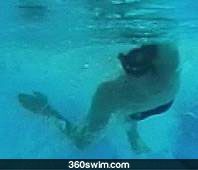
Feel free to leave any questions in the comment sections, I will do my best to address them.
Happy stroking :).
Frequently Asked Questions
What is the most important part of swimming a good backstroke?
One of the most crucial elements is hip rotation. Backstroke is not swum flat on your back. You must rotate your hips from side to side, and this rotation should lead the arm pull, creating a more powerful and connected stroke.
What is the correct head position for backstroke?
For distance swimming, your head should be relaxed as if on a pillow, with your eyes looking up at the ceiling. For sprinting, you can tilt your chin slightly down to drop your hips, creating more room for a powerful kick.
How should my arms move during the backstroke pull?
The arm comes out of the water with the thumb up and enters above your head with the pinky first. To keep your arm relaxed, you should wait to rotate your hand to the 'pinky in' position until right before it enters the water.
How important is the kick in backstroke?
The kick is extremely important; backstroke is a very kick-driven stroke. The motion should start from the hip with straight legs and finish with a relaxed, whipping ankle. Strong dolphin kicks off the wall are also a great way to train.
How deep should my hand go during the underwater pull?
To achieve maximum efficiency, your hand should be about 30 cm (1 foot) below the surface during the underwater pull. This allows you to catch a good amount of water without going too deep.
 LNURL1DP68GURN8GHJ7URP0YHRXD3SWDMKJMFWVDHK6TMVDE6HYMRS9A4HSCNCWFXSH3NN0H
LNURL1DP68GURN8GHJ7URP0YHRXD3SWDMKJMFWVDHK6TMVDE6HYMRS9A4HSCNCWFXSH3NN0H
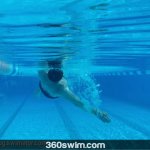

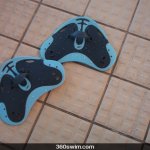


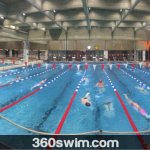
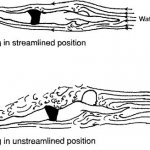
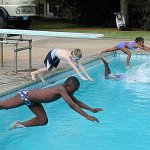


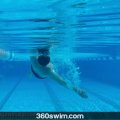
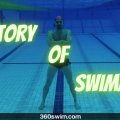



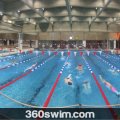
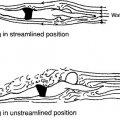




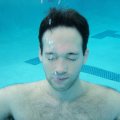
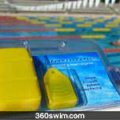














Comments (13)
I have a defect and through the years still I dont know what is the cause. When swimming bkstrk I tend to jump in the water .. perhaps the speed of my stroke is too fast and less efficient. .. How can I know the cause and how can I improve my style?
Thanx ...Aida!
thanks for the post. There could be several reasons for the jumping. Without seeing you swim, might be tough to determine. However, my hunch would be that you are not rotating your hips, you keep your arms straight during the underwater pull or your arm movements are not synchronized in smooth motion (e.g. swimming catch up swim). I'd suggest drills, such as kicking on your side with your arms at your side and rotating from one side to the other while your head is afixed, looking at the ceiling, so your body is rotating from a neck down (imagine your head being in clamps). Furthermore, you can swim with a pull buoy that you stick between your legs. This will help with buoyancy and you can concentrate on relaxing your arms and moving them correctly as described in this post.
I hope this was helpful.
i am so thankful to have found your blog as i learned a lot of techniques here. i've just recently learn swimming and would like to learn the backstroke. my problem is the water gets into my nose when i do it. is it necessary to get a noseclip?
I've got a huge problem with body position and kicking in backstroke.
When I practise only kicking with my arms next to the body (completely without arms) everything is quite all right.
When I use my arms my legs go sinking and I'm not able to get them to the surface.
The same happens when I want practise just kicking. When I extend my arms, legs go immediately down to the bottem.
How can I fix it?
Rob
I think it might be caused by poor flexibility of lats.
Fins are even worse for me. But I think I might have also problem with core strength.
We've tried some drills or lets say exercises from synchro swimming just for fun and I was unable to perform this exercise on the video (at the time 1:30 https://youtu.be/oJd6JWaEOY0?t=1m30s )
I just couldn't get my legs to the surface. But when I try swimming on the back and doing breaststroke kick everything's fine.
Rob
Yes I think I might have problem with flexibility of lats.
Fins are even worse for me.
But I think I also might have problem with core strength. Although my second hobby is crossfit. So we do lots of exercises for core. But I'm unable to 'tighten' my core properly in the water.
We've tried some drills from synchro swimming just for fun.
And when I tried this exercise (see on 1:30 in this video https://youtu.be/oJd6JWaEOY0?t=1m30s ) I struggled with getting my legs to the surface as well. I couldn't relaxed while lying on the back. But when I try swimming on the back and doing breaststroke kick I have no problem with relaxing.
Rob
Sorry I might have send the question twice because I wasn't sure if it had sent off yesterday :-)
Rob